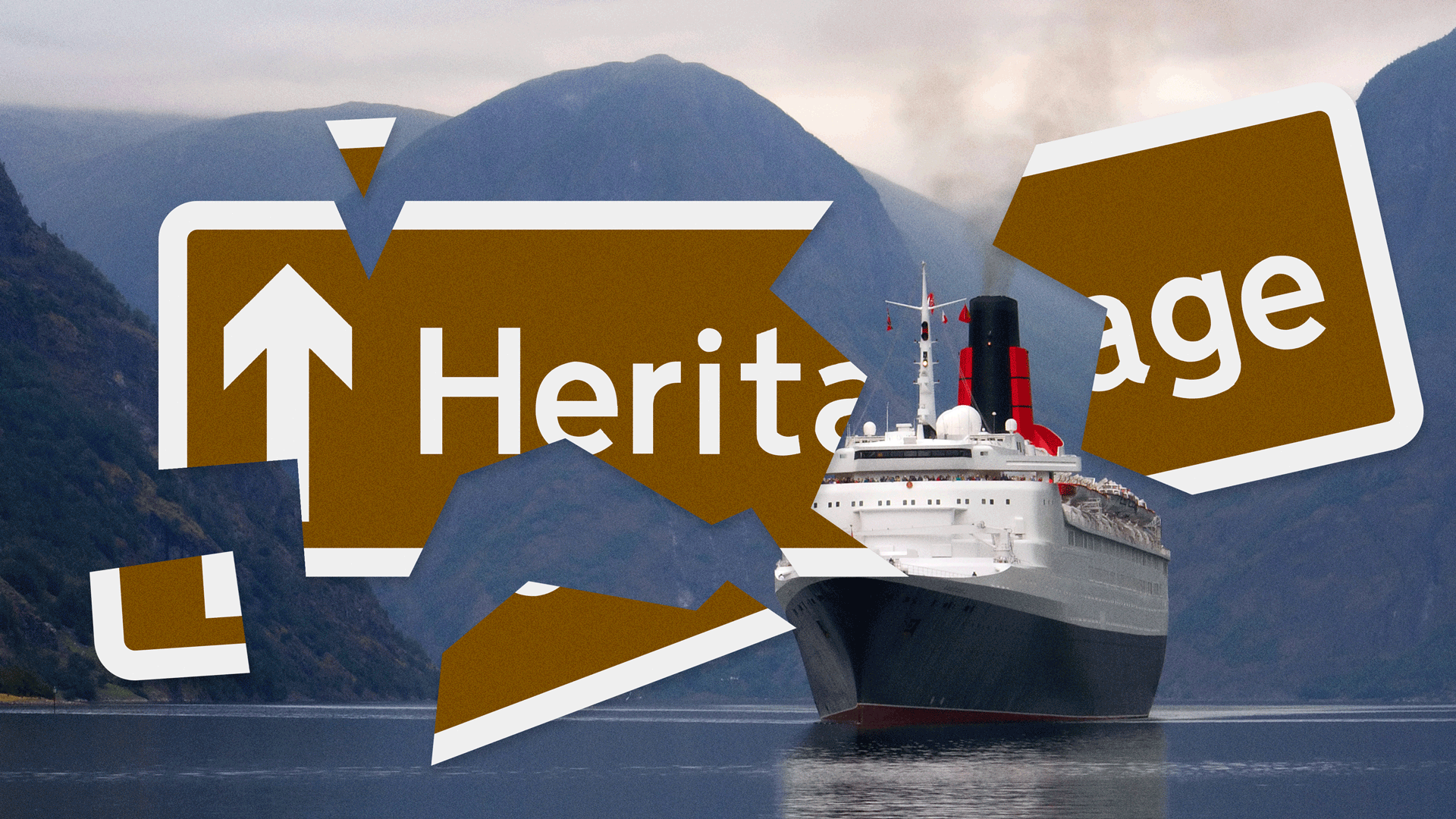Zollverein is a UNESCO World Heritage site in Essen, Germany that was once one of the largest coal mines in the world. During its active industrial period between 1851 and 1986, when its final mine closed, it extracted 240m tonnes of coal.
After the coal mine and coking plant (seven years later in 1993) were decommissioned, work began to adapt Zollverein for a new future. One of the architects leading the project, Rem Koolhas, was an advocate for “preservation through conversion.” For example, a building that was once a boiler house or workshop must be given a new use.
That conversion has been a huge success. Zollverein is now one of Germany’s leading tourist attractions, with 1.5m visitors a year. It was added to UNESCO’s Cultural Heritage List in 2001 as a “representative example of the development of heavy industry in Europe.” Zollverein even features as an ‘industrial era wonder’ in the video game Civilisation VI.
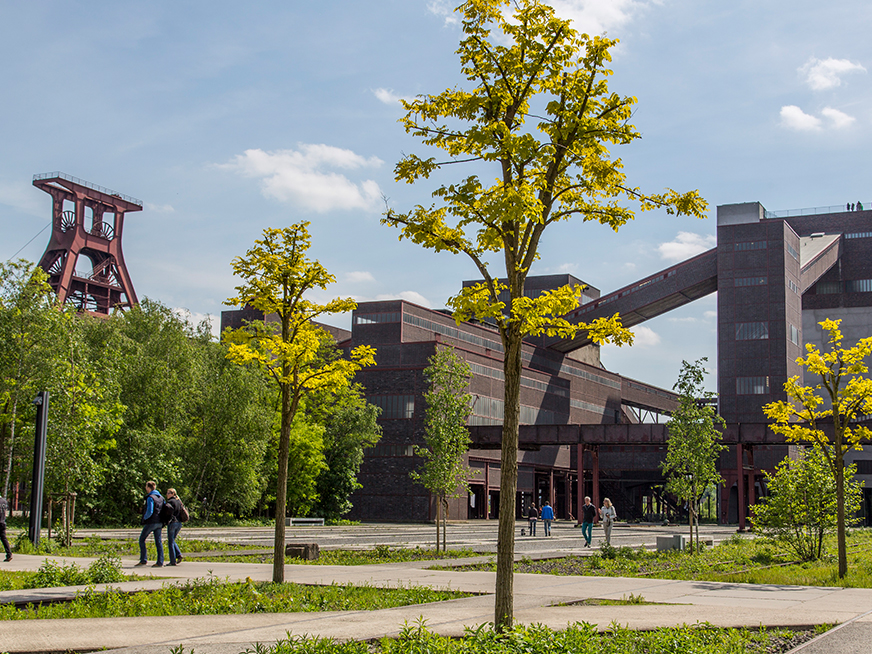
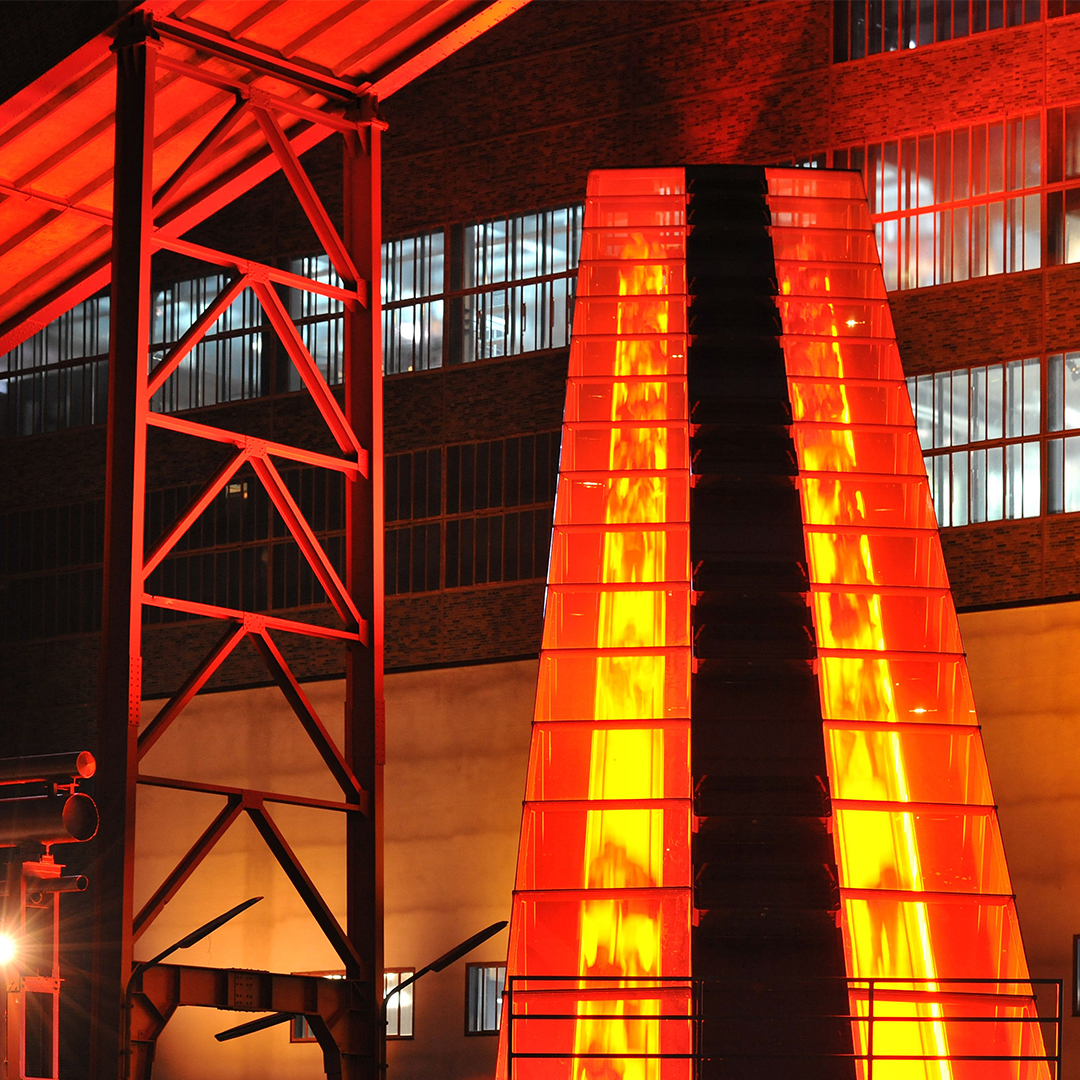
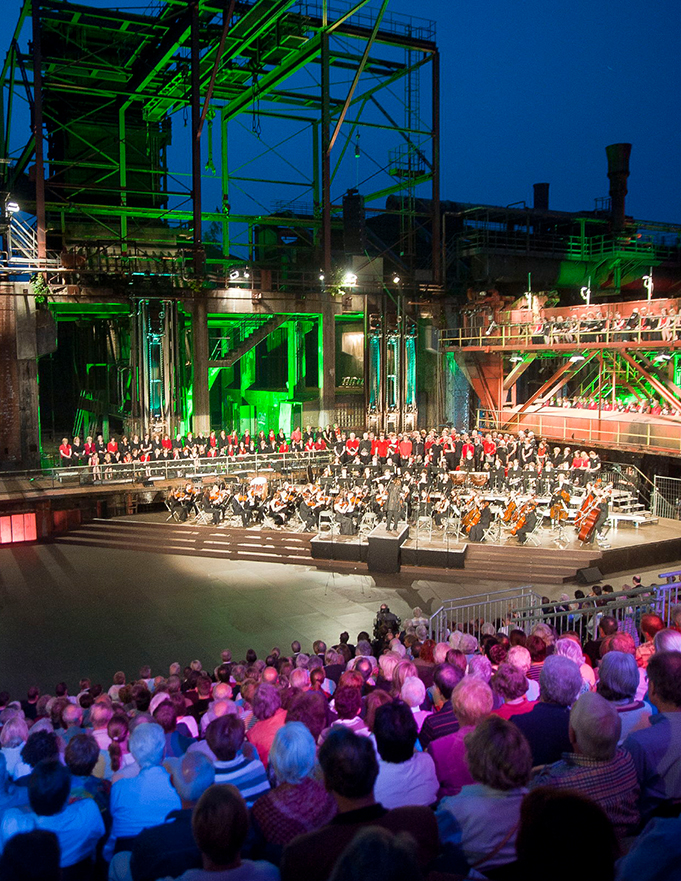
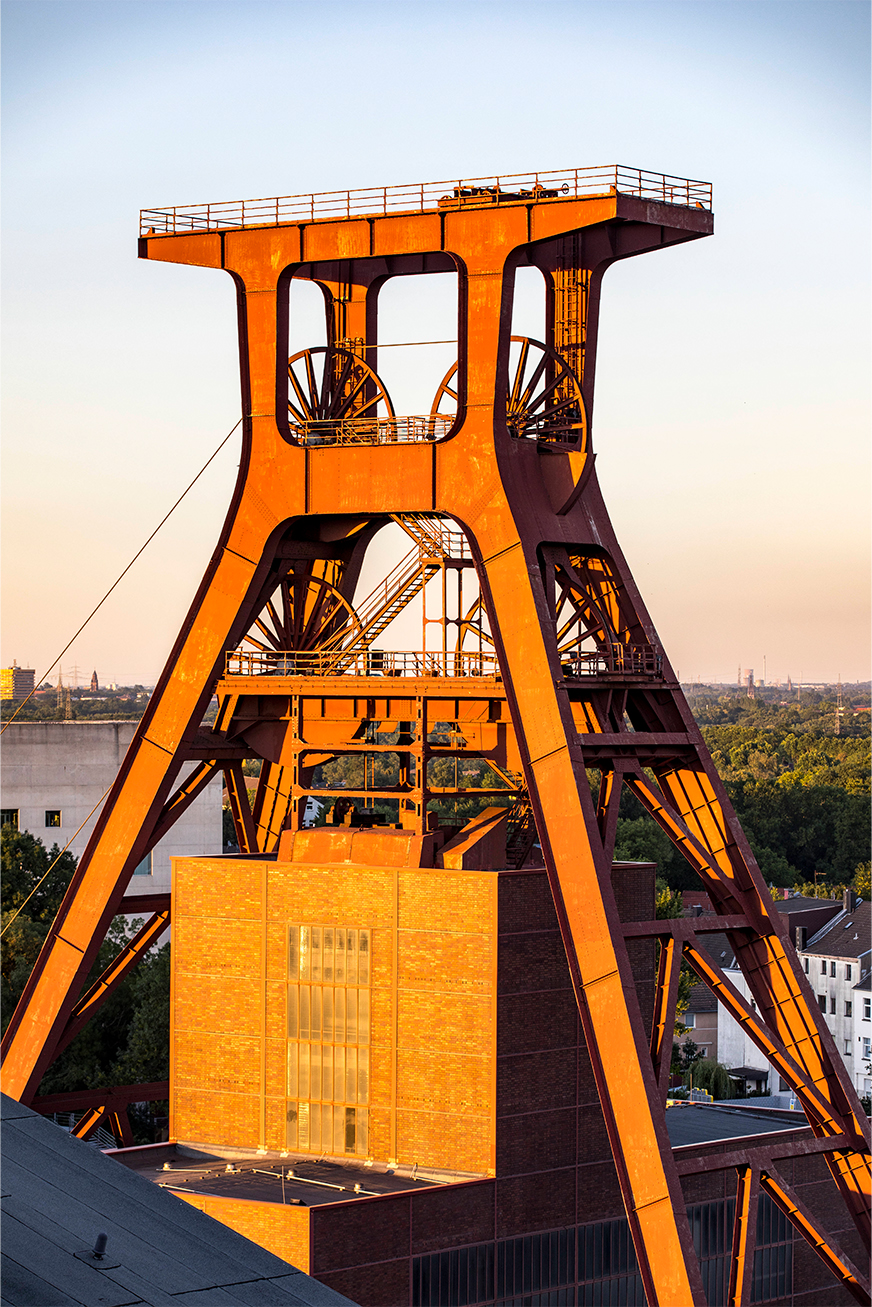
After Shaft 12 opened in 1932, Zollverein could extract 12,000 tonnes of coal each day.
“It is very realistic that we will become a climate neutral World Heritage site” Dr Hans-Peter Noll, Zollverein
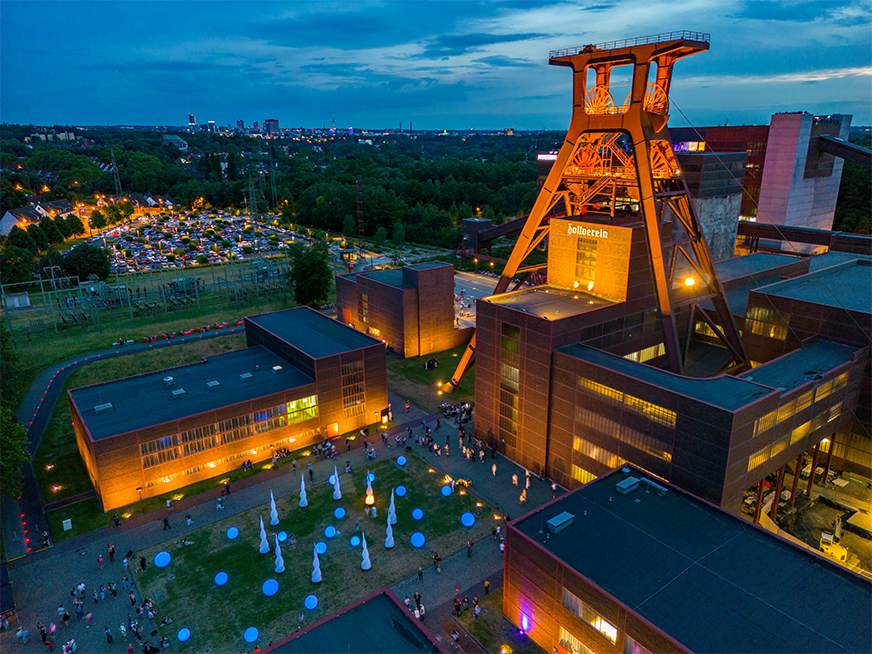
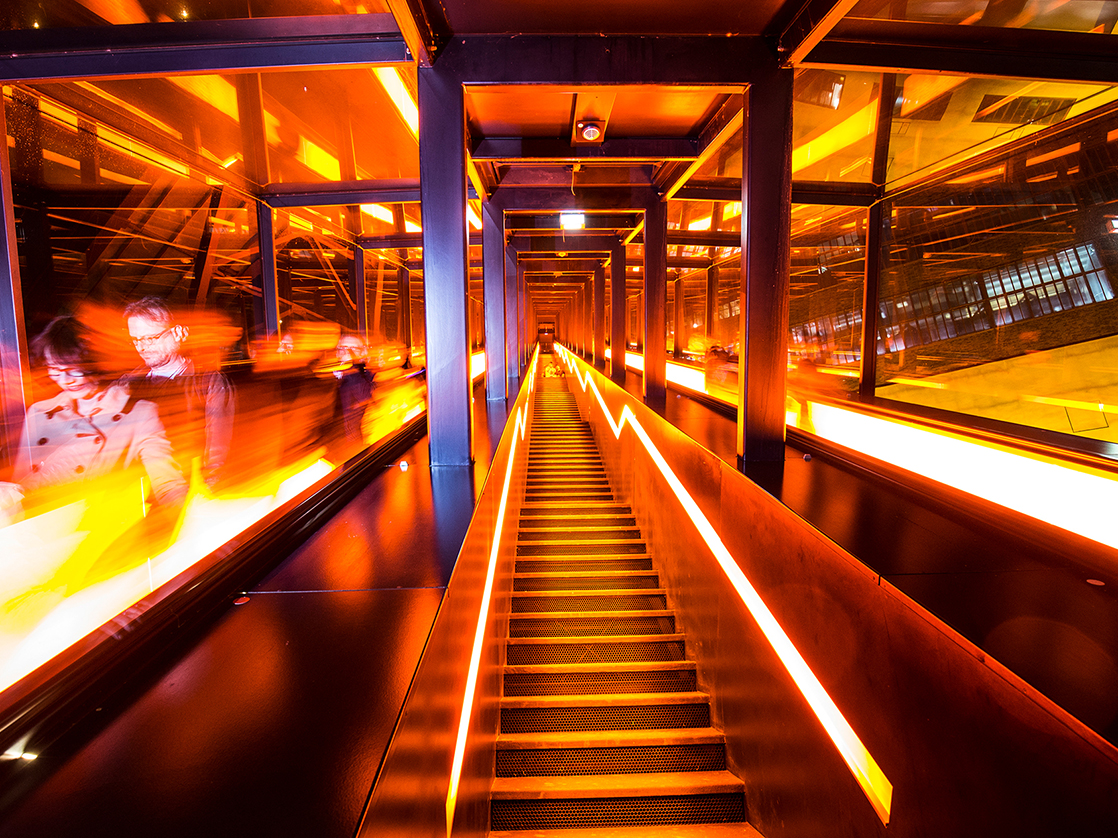
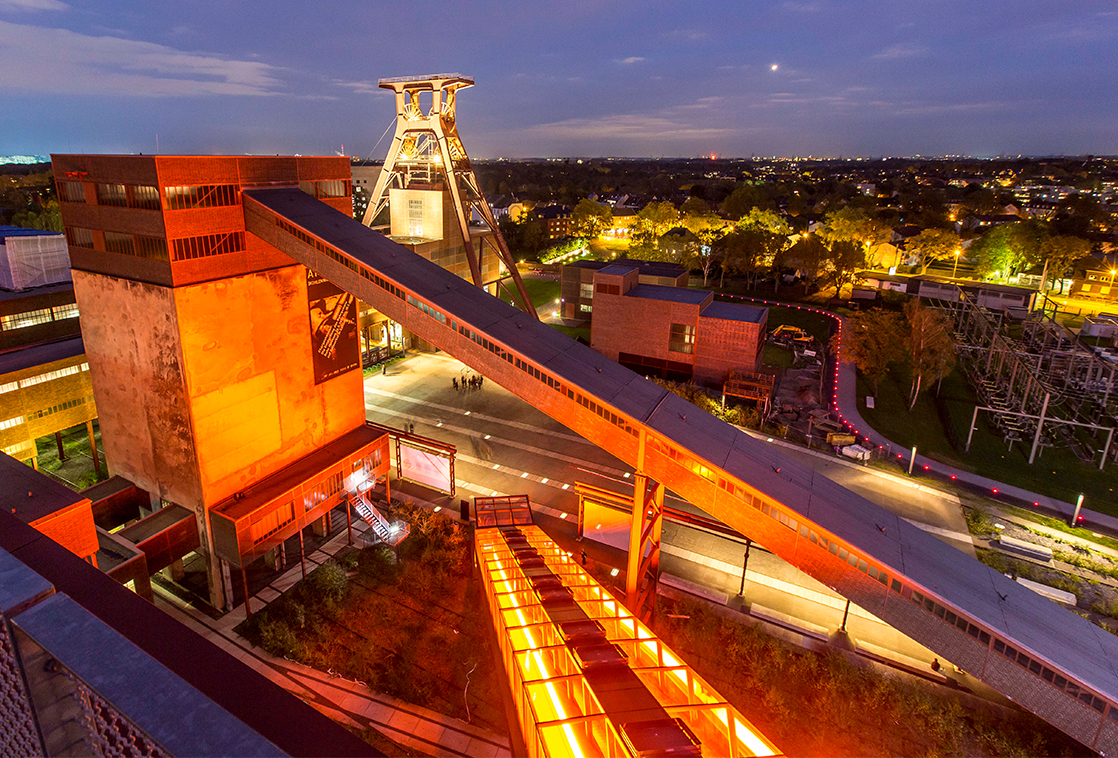
Visitors to the site can learn more about Zollverein and the region’s history in the Ruhr Museum, walk or cycle round the Ring Promenade, take a dip in the Works Swimming Pool and attend musical events that range from classical concerts to an annual techno festival. And around 70% of the former coal mine’s grounds are now green or forested.
André Sterzing MRICS founded real estate advisors Sterzing Immobilien in Essen. He says the success of Zollverein has inspired other adaptive re-use projects in Germany. “There are other exciting projects in the Ruhr area, such as Niederberg in Neukirchen-Vluyn, the Kreativ Quartier or Lohberg in Dinslaken,” says Sterzing.
“The conversion of Zollverein has inspired many project developers, and there are certainly many more former industrial sites with great potential where intelligent planning can revitalise the area while preserving its historical background.”
“Zollverein is considered an exceptional project due to its revitalisation of a site for art, culture, and gastronomy. Its industrial park-like character has also been shaped by the establishment of numerous businesses, creating new jobs. The Folkwang University of the Arts has even established a campus on the site.”
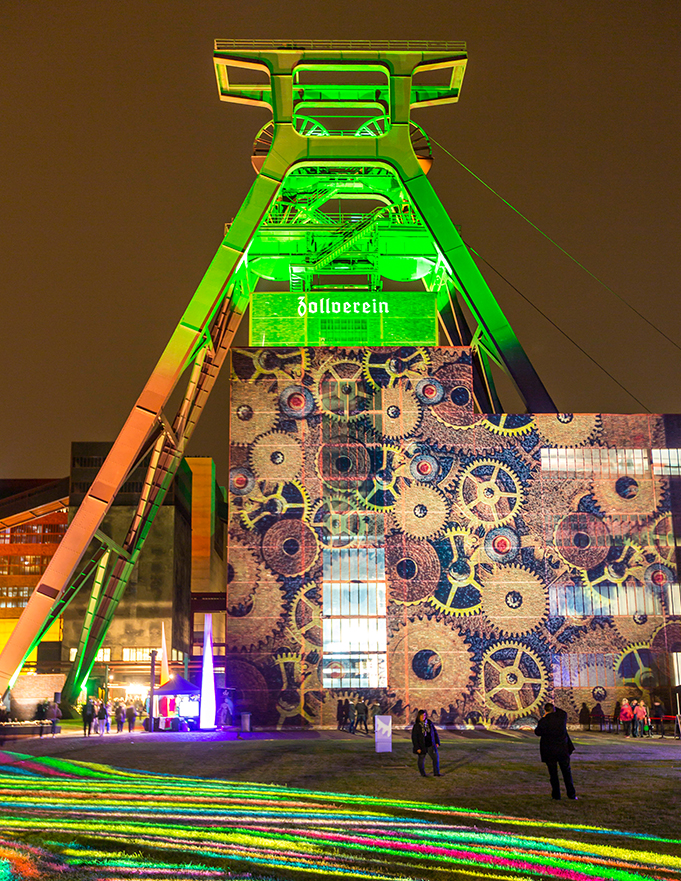
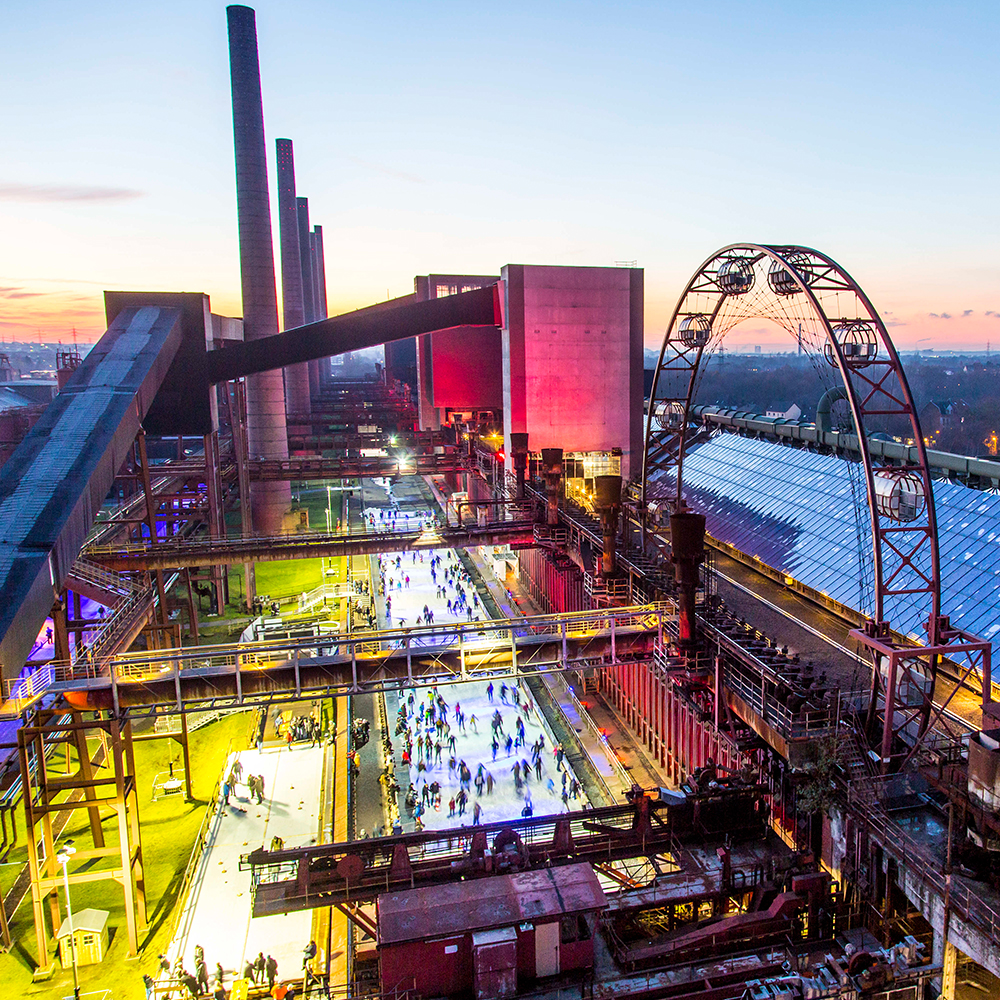
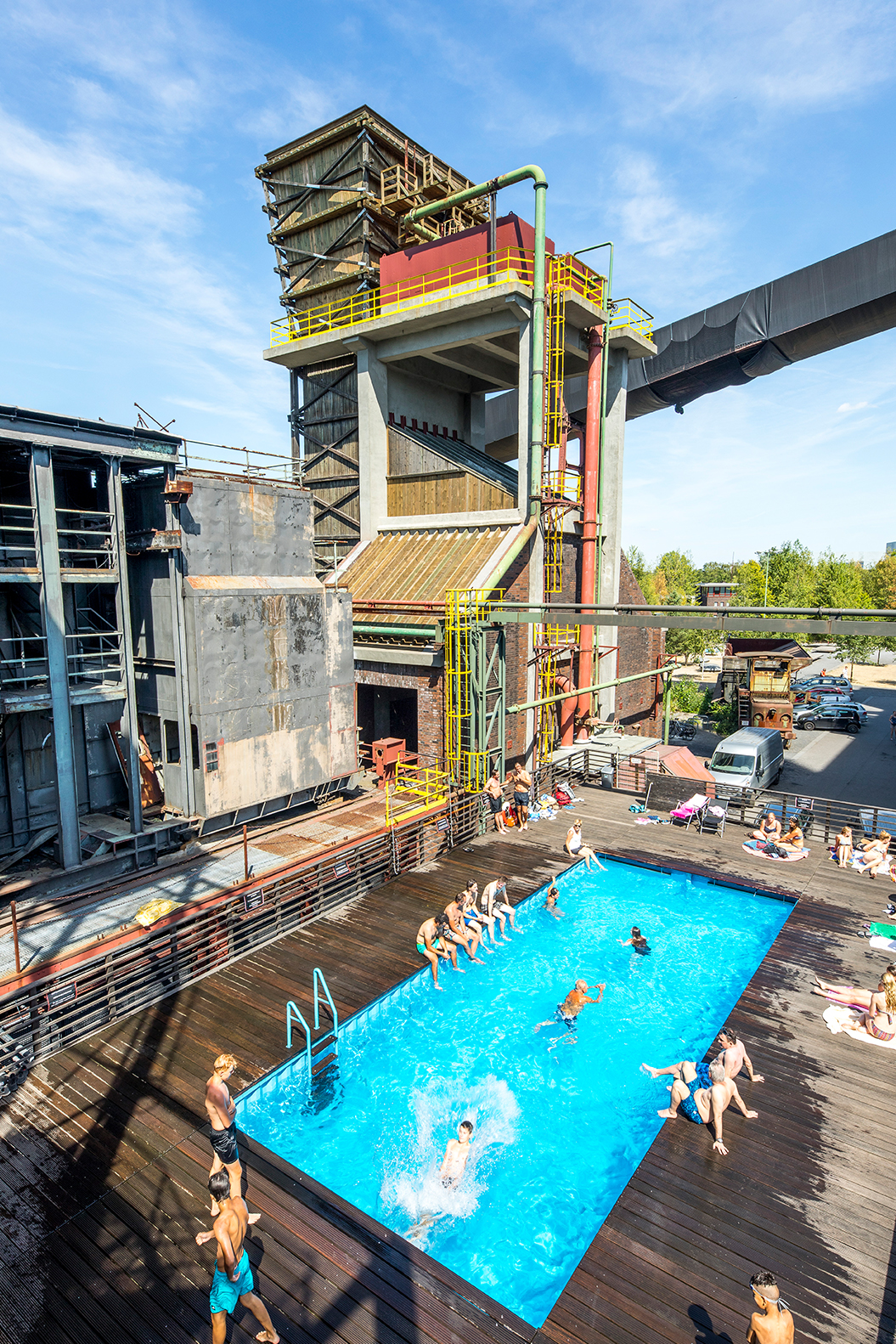
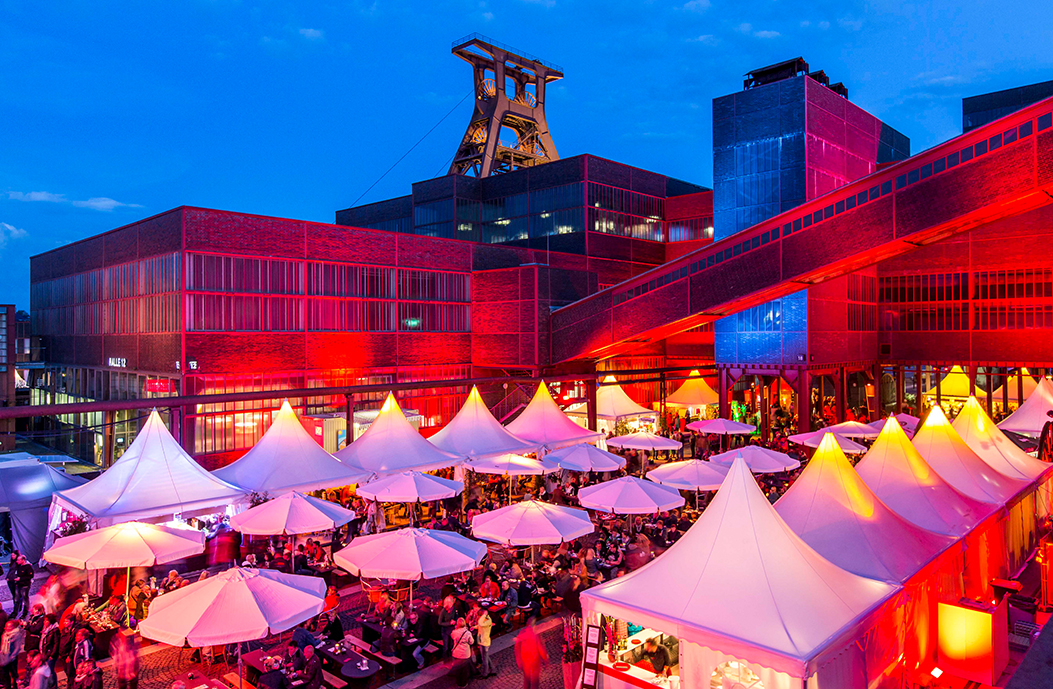
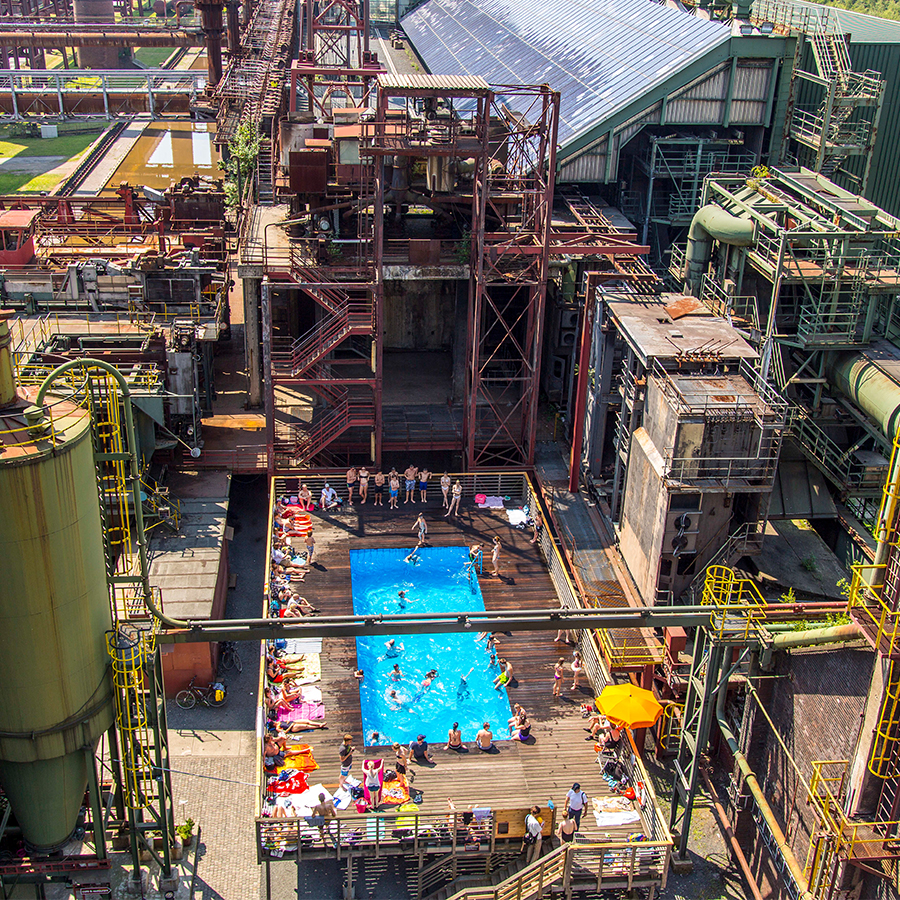
“Zollverein is considered an exceptional project due to its revitalisation of a site for art, culture, and gastronomy” André Sterzing MRICS, Sterzing Immobilien
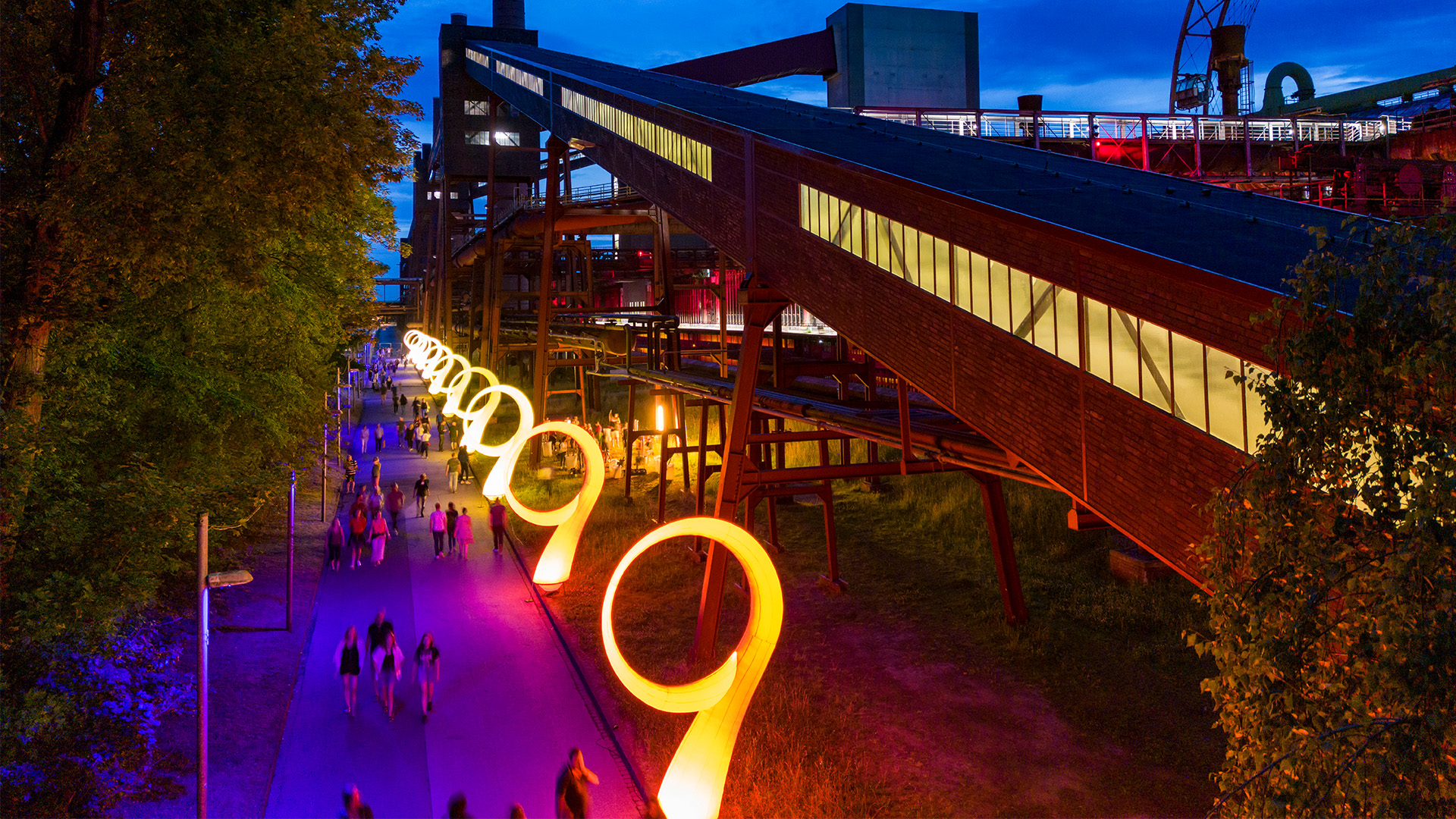
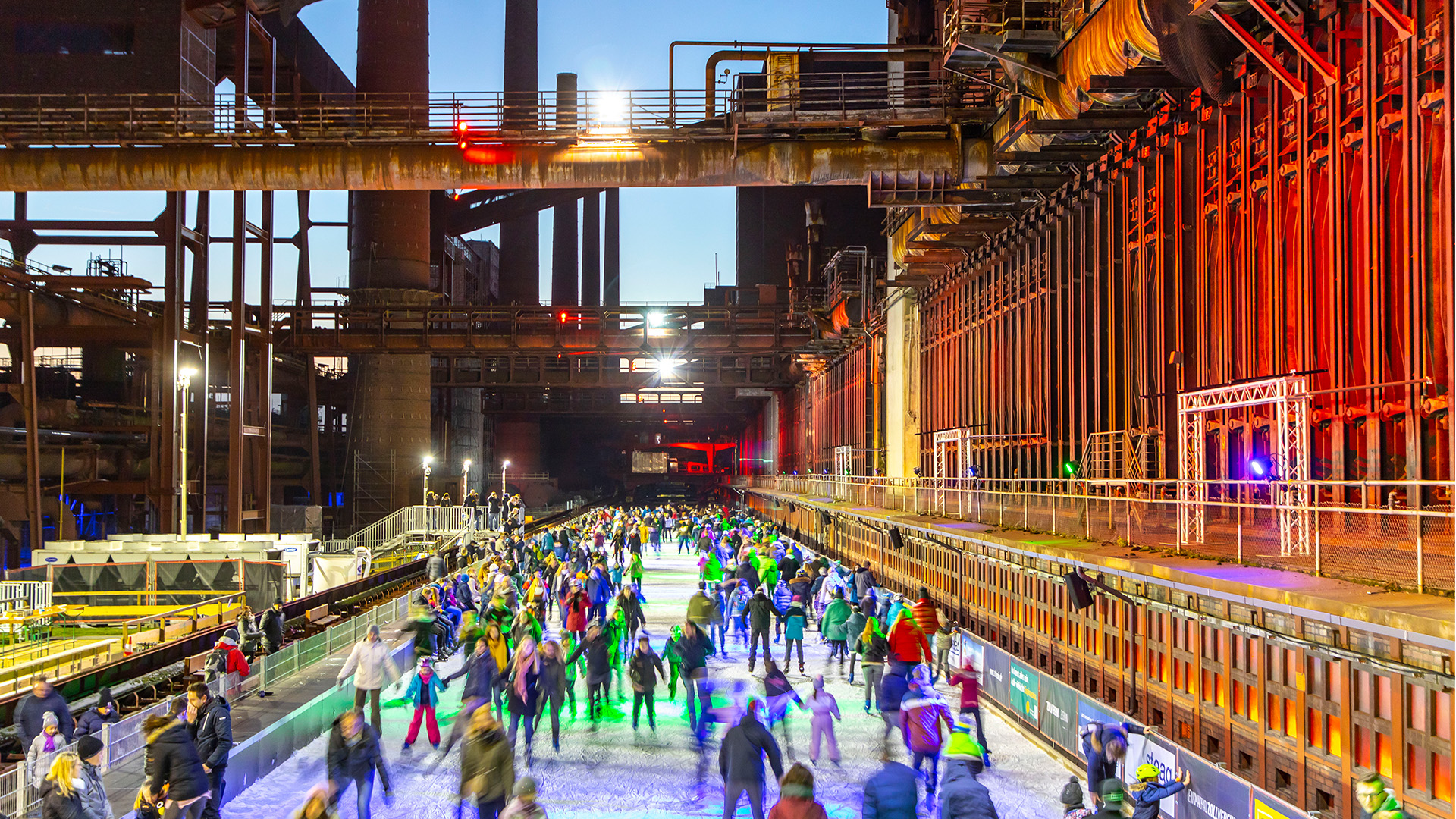
Hover over each image in the timeline and scroll across to read more
A climate neutral coalmine?
Not only has its primary use changed from mining millions of tonnes of coal but it aims to become a climate neutral site by 2030 and is exploring ways to benefit from the warm water in the deep mines below. For example, one of the newer buildings on the outer edge of the site, the Zollverein School of Management and Design (opened in 2006), is insulated by 30oC water drawn from the old mines. The water has to be pumped up from the mine every day to avoid flooding and is recirculated through the building’s pipes to provide low carbon thermal insulation.
Commenting on the former industrial complex’s Climate Neutral 2030 plan, Zollverein’s chairman, Dr Hans-Peter Noll, said: “It is very realistic that we will become a climate neutral World Heritage site. Perhaps the potential is so great that we can contribute to the security of [heating] supply in the district. Implementing all these projects under the strict requirements of monument and UNESCO World Heritage protection is ambitious but feasible.
“For me it comes full circle, Zollverein has always been an energy location, made famous by the coal mining industry. If we now gain fame as a sustainable energy location, it will be a further change that only Zollverein can bring about.”
Ina Scharrenbach, German minister for construction in the State of North Rhine-Westphalia, added: “Born on coal, it will now move into the future on mine water.”
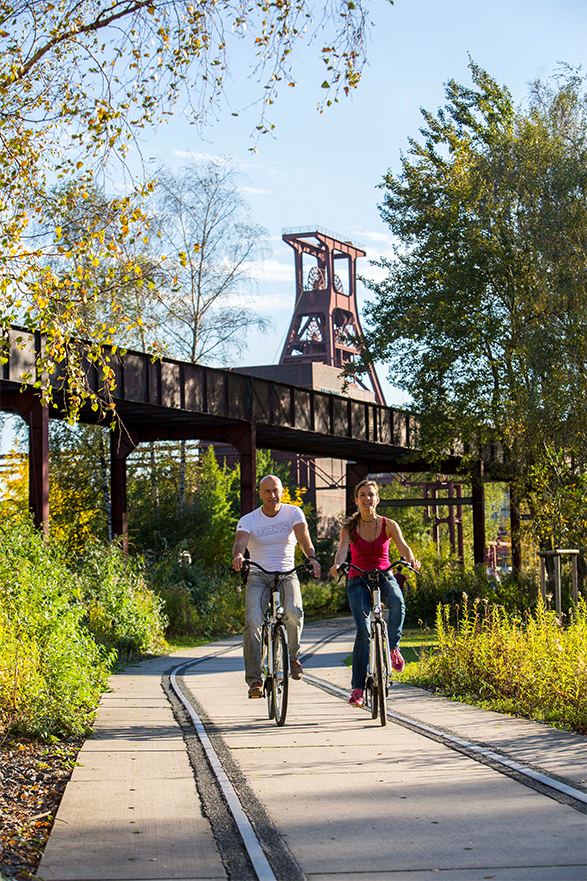
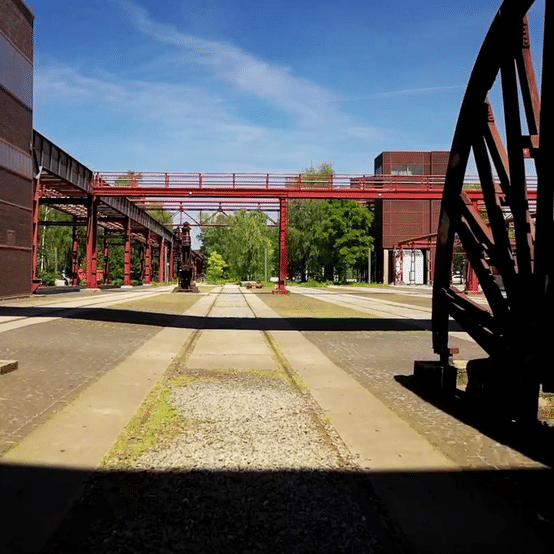
Around 70% of the former coal mine’s grounds are now green or forested.
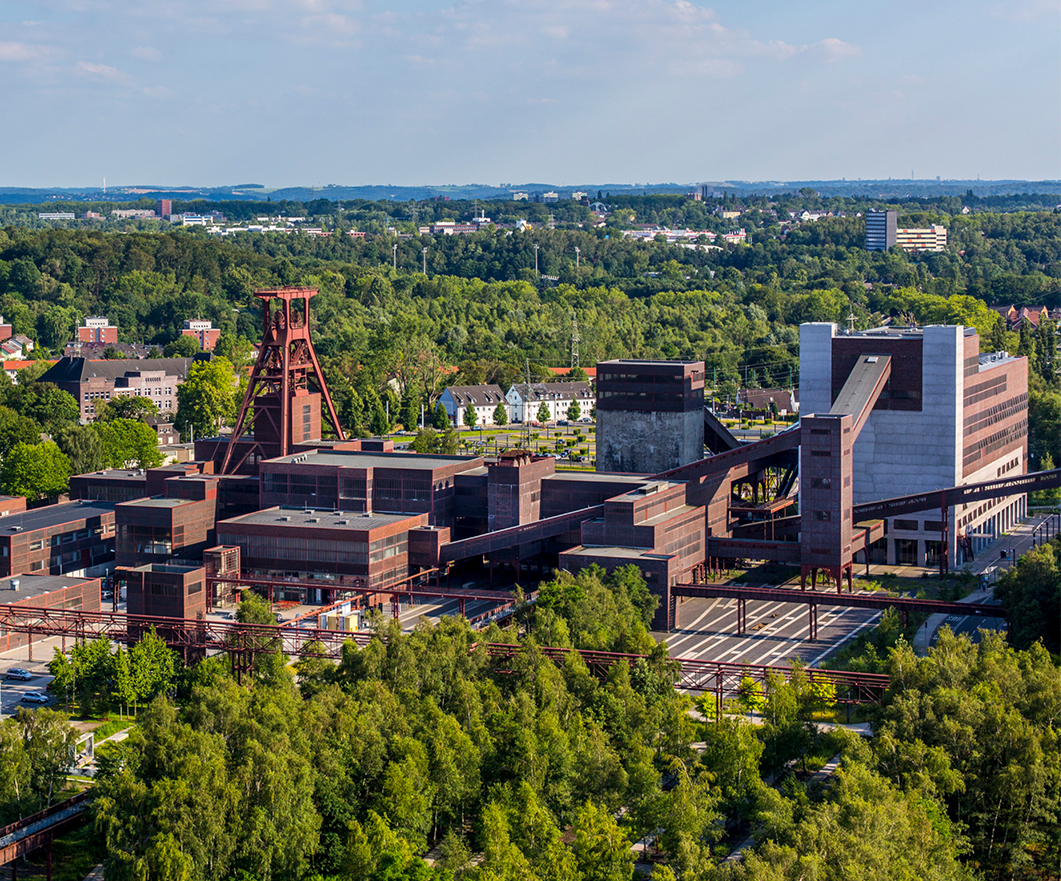
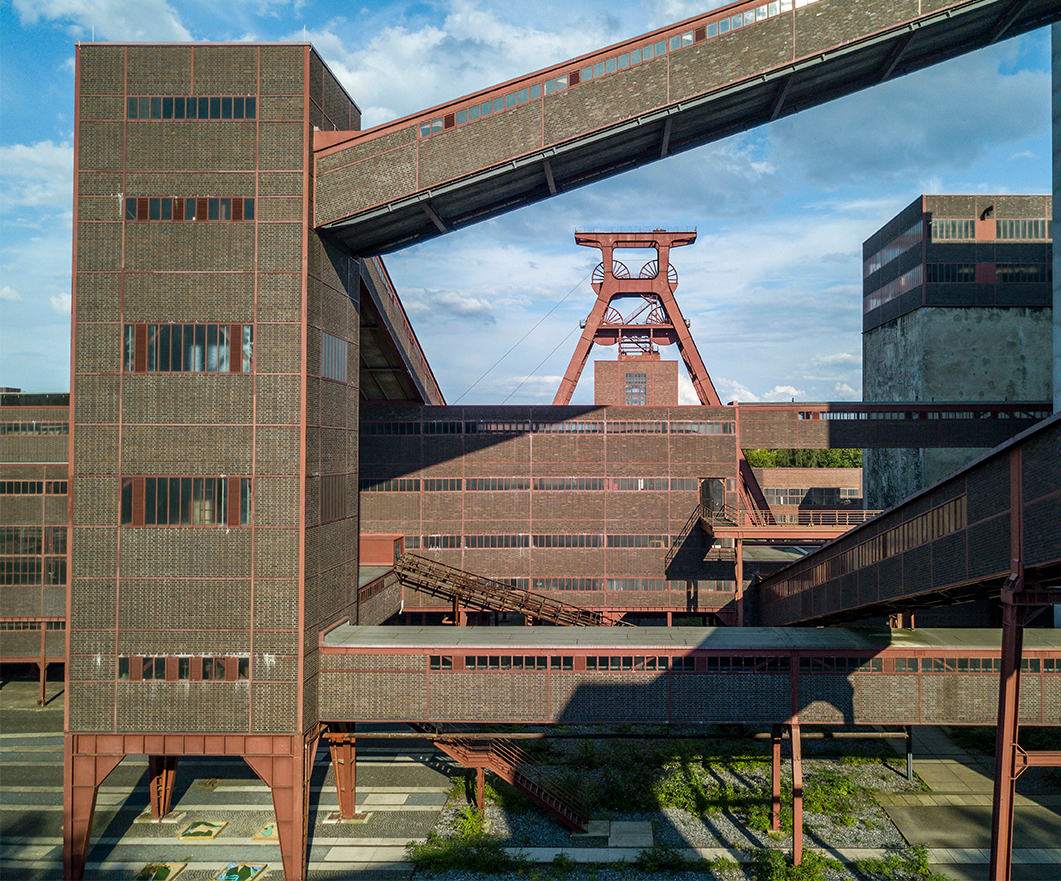
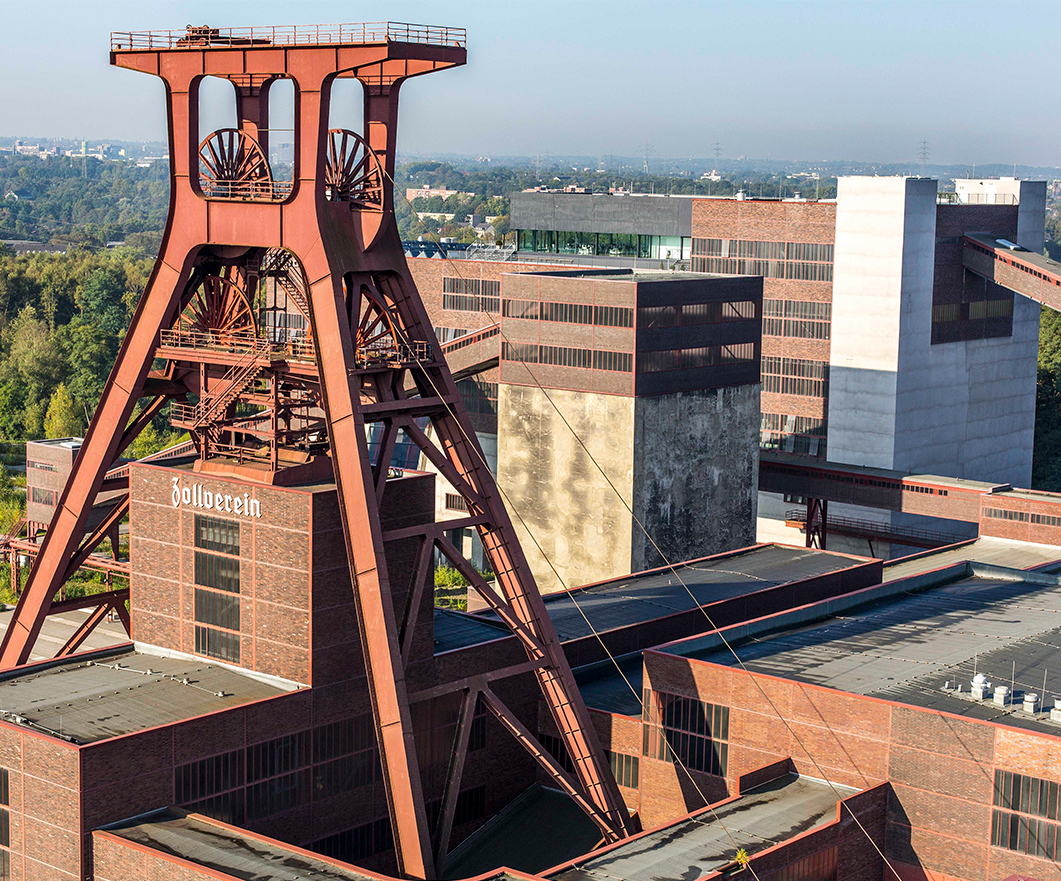
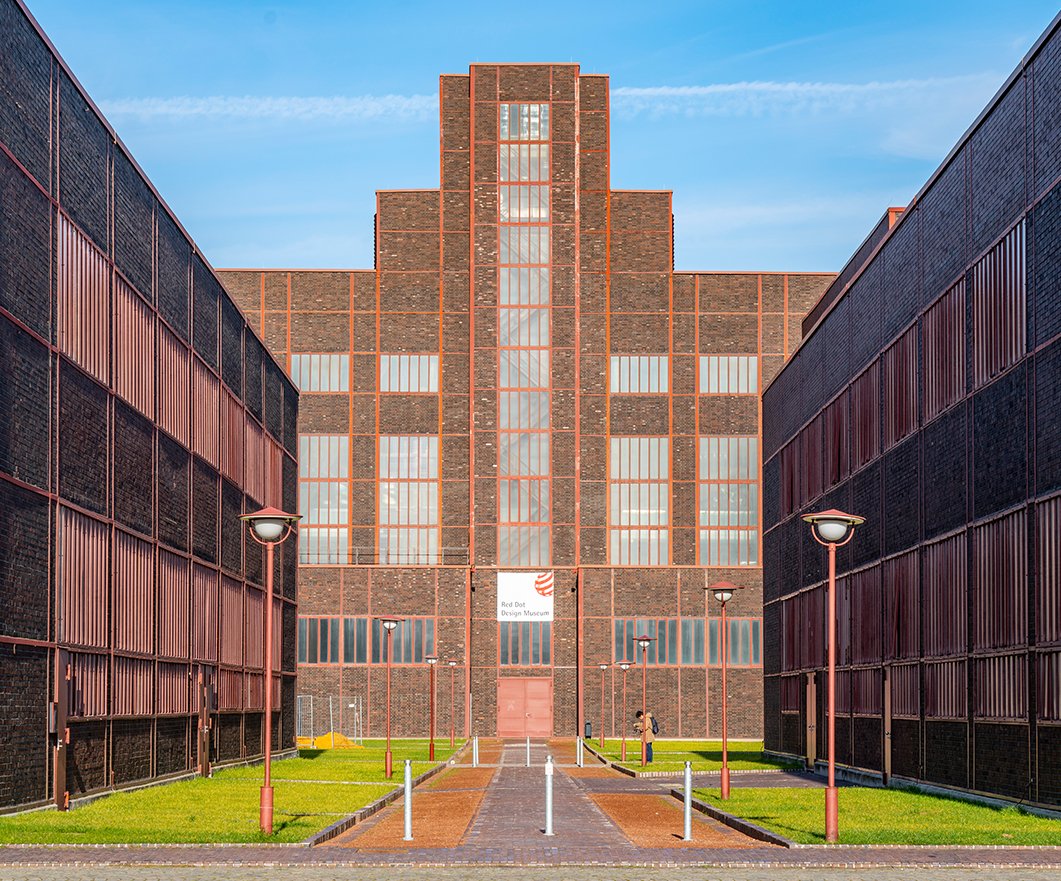
The Zollverein complex has received plaudits over the years for its Bauhaus design principles – following the belief that form must be determined by function. Shaft 12 is the most instantly recognisable structure at Zollverein, its 55m-tall steel frame rising high above the vast redbrick façade below. It was built in the New Objectivity style, opening in 1932, and was considered by many to be a masterpiece of industrial architecture.
The architects who designed it, Fritz Schupp and Martin Kremmer, said: “We have to realise that the industry with its enormous buildings is no longer a disturbing element in our cityscapes and landscapes, but a symbol of work, a monument of the city, which every citizen should show to strangers with at least as much pride as the public buildings.”
Little did they know that one day Zollverein would become such a popular public site through a programme of adaptive re-use, welcoming visitors from all over the world and receiving prestigious UNESCO World Heritage status.
Images courtesy of Zollverein Foundation. Photo credits: Jochen Tack; Tomas Rodriguez; Sven Lorenz; Frank Vinken; Matthias Duschner. Video footage credit Jochen Tack. Archive photos courtesy of Fotoarchiv Ruhr Museum / Anton Meinholz.

